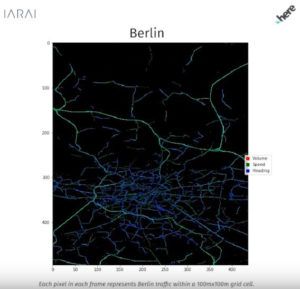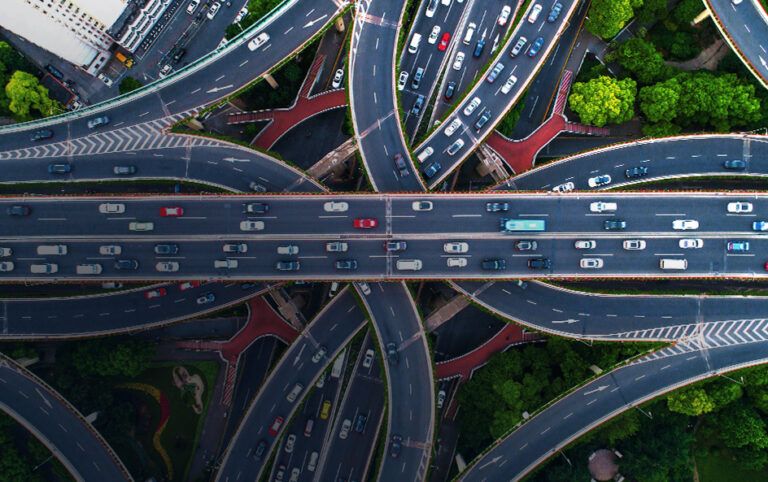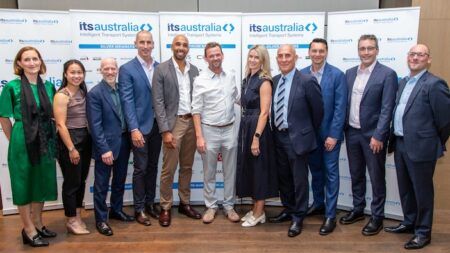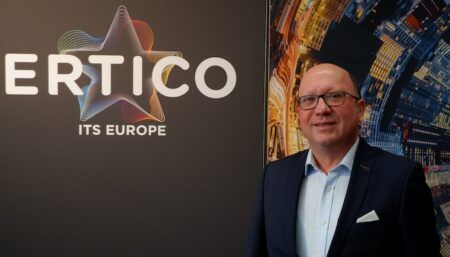The Institute for Advanced Research in Artificial Intelligence (IARAI), an independent global machine-learning research institute established by Here Technologies, has announced the results and winners of its traffic prediction competition, which aimed to solve mobility challenges using artificial intelligence (AI).
A unique competition merging movie-prediction machine learning with traffic research, the Traffic4cast Challenge 2019 asked competitors to understand complex traffic systems and make predictions about how they would flow in the future. The results show how AI can effectively uncover insights to solve traffic gridlock through trial and error, using geospatial data from mapping and location-based services provider Here. Congestion occurs when drivers make simple decisions that lead to complex behaviour patterns, which depend on various factors, such as time of day, the road network, abnormal situations, holidays, weather conditions, and day of the week. Effectively identifying and analysing traffic patterns lead to more accurate predictions of how vehicles would move on given roads at given times of day.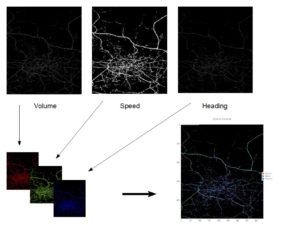
AI, and more specifically neural networks, can help to solve this problem because they are very good at spotting patterns. They ‘learn’ to do tasks by considering examples, such as datasets, usually without being programmed with task-specific rules. This ability to learn without being programmed means that although neural networks are good at identifying patterns, why they are good at it is unclear. Their inner workings are one of the mysteries of machine learning, the so-called ‘black box’ AI, meaning that the processes cannot be easily understood or tested by programmers.
The Traffic4cast results show that neural networks were the most effective method used at predicting traffic and came closest to simulating the exact flow. All the top entrants used neural networks instead of ‘non-black box’ solutions, such as support vector machines, Bayesian networks and other fixed algorithms. Winners from South Korea, Oxford/Zurich and Toronto were among more than 40 teams from around the world that submitted over 4,000 entries.
Working with Here, IARAI provided participants with traffic movie clips based on a year’s worth of industrial-scale, real-world data for three diverse cities: Berlin, Istanbul and Moscow. The clips were created using an unprecedented number of over 100 billion data points reported by a large fleet of probe vehicles that captured morning, evening and rush-hour traffic. Each movie frame summarised GPS trajectories mapped to spatio-temporal cells. The movies showed multiple colour channels characterising traffic volume, speed and direction, with entrants required to forecast the next three images.
“This competition brought together diverse groups to tackle a fundamental problem, predicting geospatial processes, that lies at the heart of sustainable mass mobility,” said Michael Kopp, head of research at Here and founding co-director of IARAI. “Guiding the AI revolution to this problem using an interdisciplinary approach via billions of real-life data points is both novel and a paradigm shift that will be reflected in many applied scientific disciplines. The results seem to prove that ‘black box’ machine learning is most effective at solving predictive problems, giving us a jumping-off point for further research into how AI learns.”